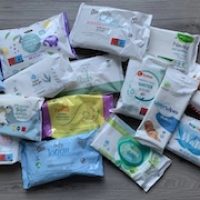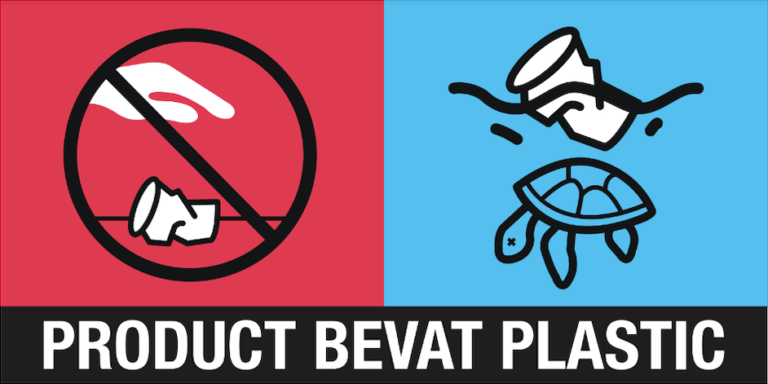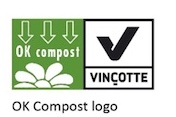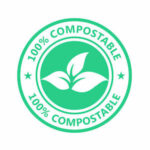Bioplastics
Lately I’ve been really annoyed by anything that contains plastic. In my head I see all small(er) particles disappearing in nature, in the soil, in animals and… in ourselves. What’s even more annoying is that there are few to no alternatives and when there are, they are much more expensive than their plastic counterpart.
There are also consumer items that you would never have thought would contain plastic, such as baby wipes and other hygienic or wet wipes, and in the past, tea bags and coffee pods. The latter two have now undergone a development (in the Netherlands) that means they no longer contain plastic.


Nowadays (since 2021), manufacturers are required to place a warning logo on their packaging if it contains plastic. Great! But then I came across something strange…. I had bought the organic version of a consumer item. 70% cotton top layer and 30% bioplastic underlay. Good job, I thought, but there is also the “contains plastic” logo on the packaging. Huh?
And that’s probably because of this: The name “bioplastic” may be used for biobased plastics and biodegradable plastic, but biobased does not always mean that it is biodegradable and biodegradable does not always mean that the raw materials are organic.
Confusing? YES, FOR SURE!

The story goes that to make plastic that is completely degradable under normal conditions, we need a little more. But I know another story of a lady with a small shop who was obliged to replace her normal plastic bags with special biodegradable ones. She had put it on a shelf in the back somewhere. A few weeks later she saw holes in the bags and initially thought it was mice, but it turned out that the bags were already degrading. She had purchased “only” a thousand of them and almost saw them disappear into nothing before her eyes. Although it was of course not fun for this lady, the possibility does exist to make good, biodegradable products that are compostable under normal conditions.

We still have a long way to go.